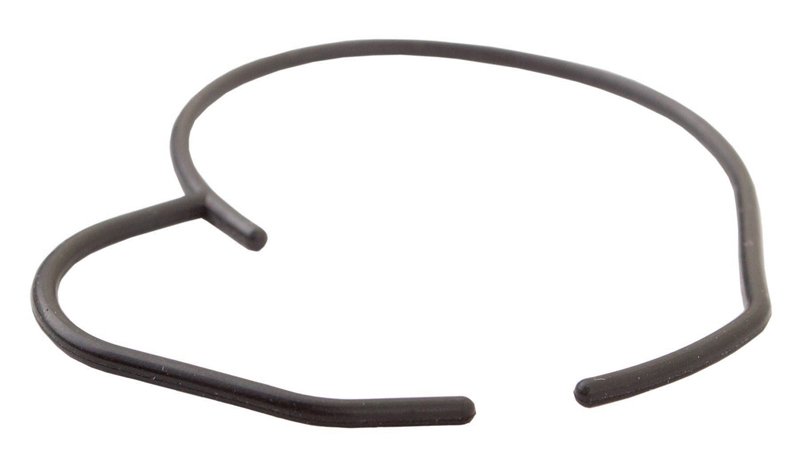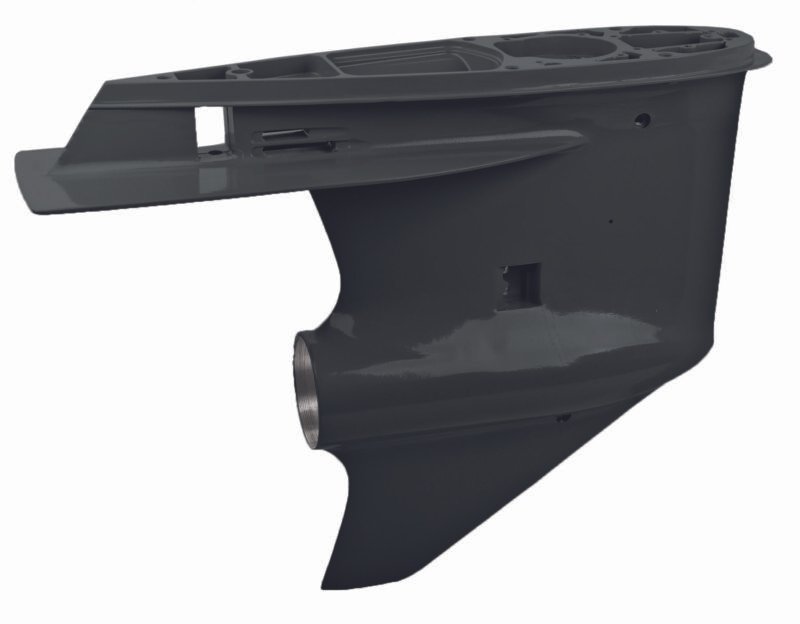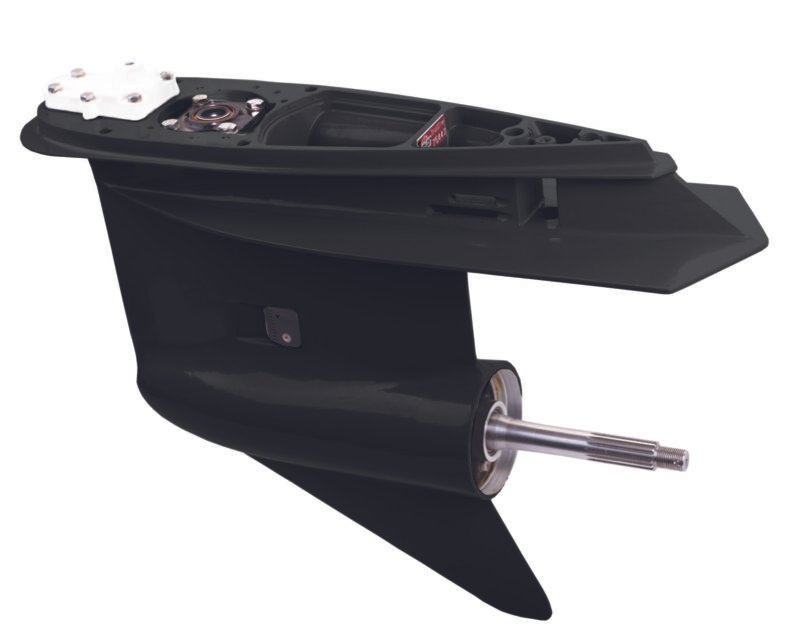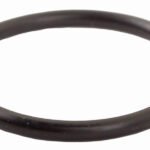
O-RING
March 2, 2024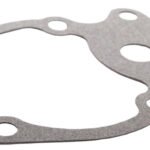
GASKET
March 2, 2024
Description
- Types: Seals come in various forms, including O-rings, gaskets, lip seals, mechanical seals, and more, each designed for specific applications and sealing requirements.
- Material Composition: Seals are made from materials such as rubber, silicone, metal, or synthetic polymers, chosen for their resilience, flexibility, and compatibility with the operating conditions of the system.
- Sealing Function: The primary function of a seal is to create a barrier between mating surfaces, preventing the escape of fluids or gases and maintaining system integrity. Seals may also prevent contamination from entering the system.
- Applications: Seals are used in a wide range of industries and applications, including automotive, aerospace, hydraulic systems, plumbing, and manufacturing. They are found in engines, pumps, compressors, valves, and various mechanical assemblies.
- Design: Seals are designed with precision to match the specific dimensions and contours of the mating surfaces or components, ensuring a proper fit and effective sealing performance.
- Installation: Seals are typically installed between mating surfaces or components using manual insertion, compression, or other methods. Proper installation is essential to ensure a secure and leak-proof seal.
- Maintenance: Regular inspection of seals for wear, damage, or degradation is important to prevent leaks and ensure continued sealing effectiveness. Worn or damaged seals should be replaced promptly.

